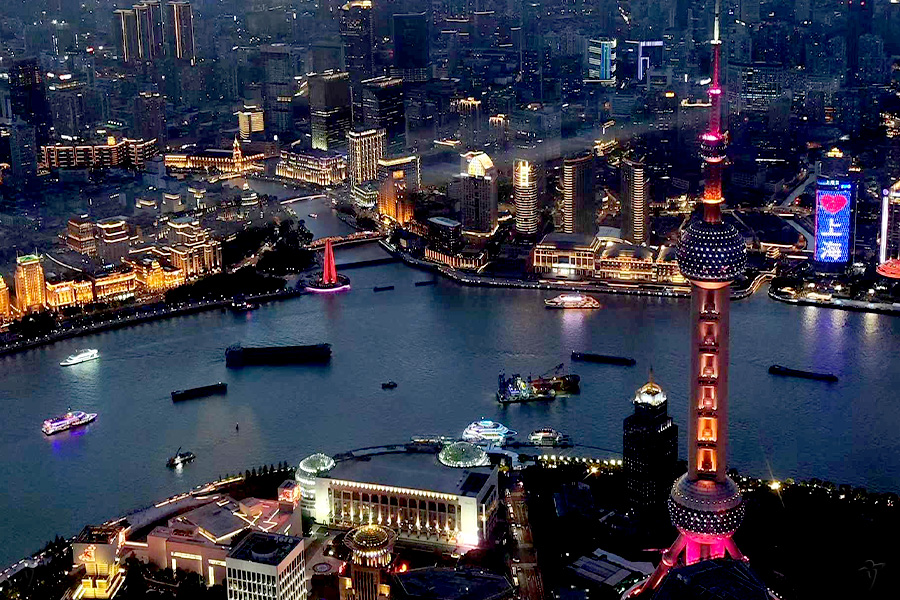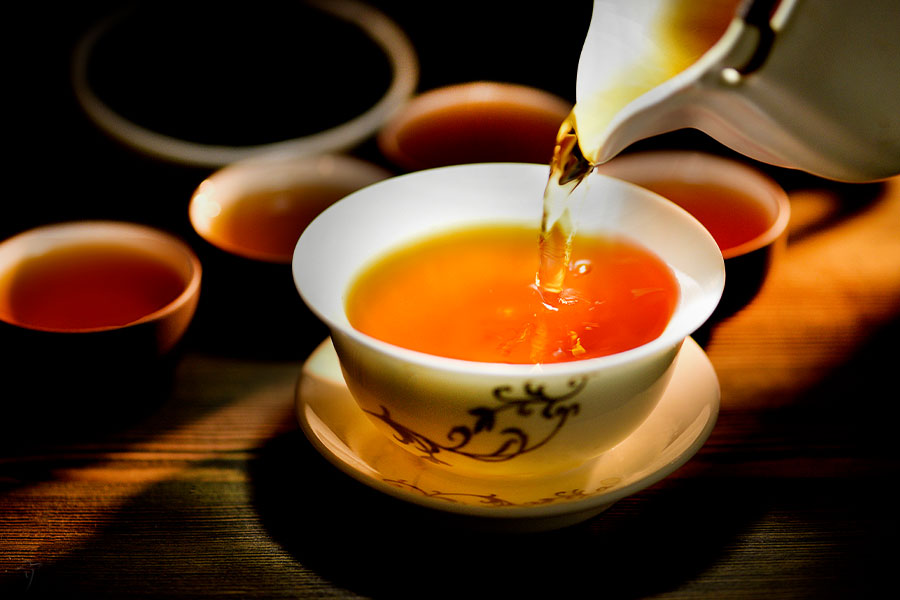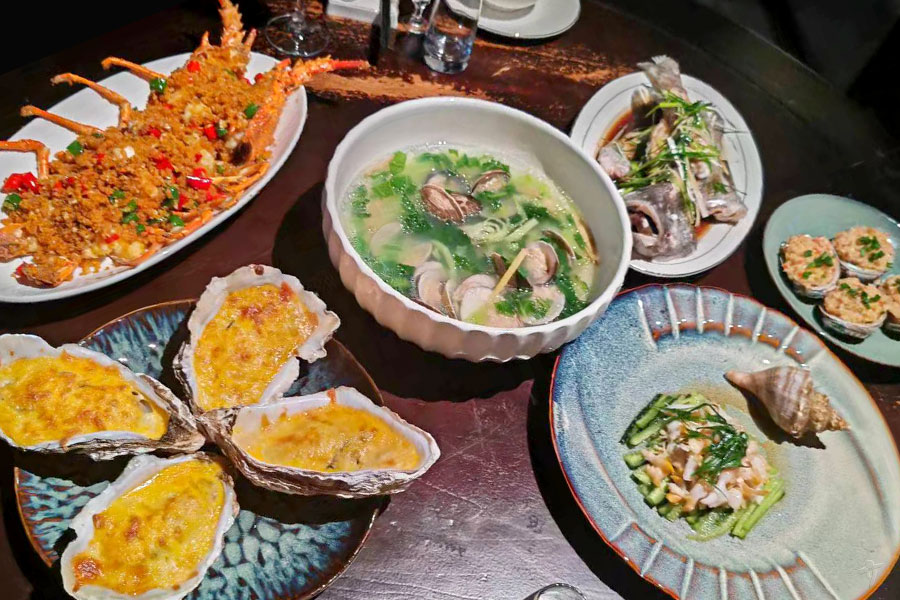Chinese Modern Architecture

The Chinese Modern Architecture refers to those built after the first Opium War in 1840. Chinese architecture remains the traditional styles under the close policy of Qing government until the Opium War in the middle of 19th century that western concepts and styles of are introduced into China which brings new blood and ideas to Chinese architecture.
Though the traditional Chinese style is still the dominant, some western elements such as techniques, materials and western decorations are borrowed into Chinese buildings. When residences in rural areas and small towns are still in the traditional style, architecture in cities is gradually built into a combination of Chinese style and western style. As the continuously development and the return of the first overseas students, western buildings were built in the early 20th century, such as theaters, department stores, foreign firms, restaurants, banks and clubs. And in some cities, there were even special territories for western buildings, such as in Shanghai, Qingdao and Harbin.
After the founding of the People’s Republic of China in 1949, Chinese architecture entered into a rapid development period. New residential blocks and public works, office blocks, schools, hospitals and museums are erected over the country. The new Chinese style is with great diversifications base on the national spirit and traditional style and compatible with kinds of modern styles; some featured symbolized architecture are renowned standing in the country, like the Shanghai World Financial Center, the Oriental Pearl Tower and the Bird’s Nest.
Related Readings
Top Topics

Chinese Kung Fu
Far and wide known as Kungfu (功夫) all over the world, Chinese martial art is also called Wugong (武功) or Wushu (武术) at home by Chinese people. It ca...

Chinese Tea
Being a vivid Chinese cultural specialty as well as Kungfu and traditional Chinese medicine, Chinese tea has been being developed in China for a lo...

Chinese Cuisine
"Food is the first necessity of the people" is a famous Chinese old saying, which reflects that Chinese have had paid much attention to food si...




